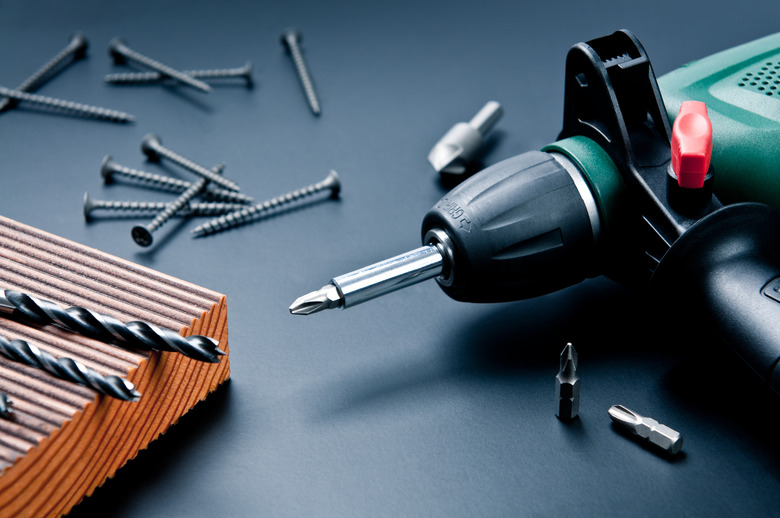What Do The Brushes Of A Motor Do?
We may receive a commission on purchases made from links.
If you have seen sparks through the motor cooling vents on a power drill, you have seen electric motor brushes at work. The arcing occurs because electricity is being conducted from the non-rotating part of the motor, or stator, to the armature, which is the part that spins. Brushes are the part of the stator of an electric motor that conduct the electrical current to the rotor.
Operation of Motor Brushes
Operation of Motor Brushes
Brushes are kept in place by brush holders, which contain the brush and a spring. The spring presses the brush against the commutator with sufficient force to provide a good electrical contact while avoiding too much force that would cause excessive wear. Lots of sparks from a handheld power tool may indicate worn brushes.
Function of Motor Brushes
Function of Motor Brushes
Alternating current (AC) reverses its direction of flow 60 times a second. An armature directly connected to this current would try to do the same thing. The commutator is a ring with alternating conducting and insulating segments. Each conducting segment is wired to a winding of the armature. The function of the brushes is to conduct electricity to the individual segments as they rotate from brush to brush. This allows the motor to turn in one direction at a speed determined by the number of windings in the armature.
Motor Brush Composition
Motor Brush Composition
Brushes for fractional horsepower motors are made from a blend of carbon and the graphite form of carbon known as carbon-graphite. For high-speed tools like routers, the brushes are entirely of graphite because of its lower friction. Large motors use brushes that are a mixture of graphite and up to 50 percent copper. The composition of a particular brush for a motor in a certain application is determined by factors such as the frequency of starts, probability of overloads, expected motor life and pressure against the commutator.
Motor Brush Efficiency
Motor Brush Efficiency
The percent of current lost between the brush and the commutator is affected by the quality of the contact between the two. A good fit between brush and commutator improves the efficiency. Also the commutator with less wiping or scratching, fewer pits and less film on it is more efficient.
How Motor Brushes Wear Out
How Motor Brushes Wear Out
Two types of wear affect brushes: mechanical and electrical. In normal operation a graphite film forms between the brush and commutator, which reduces mechanical wear. Irregularities on the commutator surface and low humidity can damage this film. Electrical wear is caused by pinpoint spots of high voltage that produce the sparks you see. Each spark represents a minute pit in a brush or the commutator.
